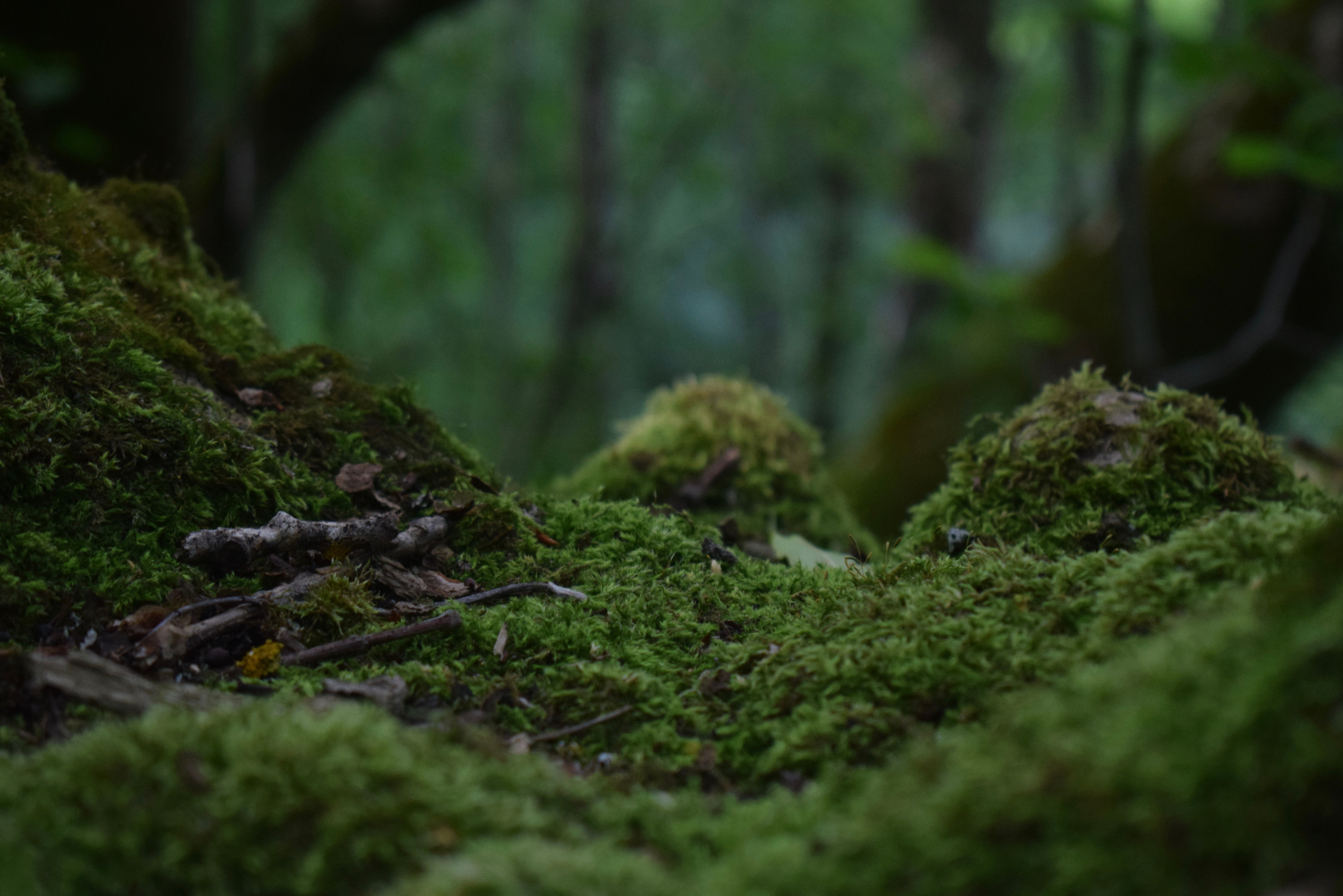Ammonites (subclass Ammonoidea) are among some of the most recognizable fossils out there. These long-dead critters are among the extinct members of the cephalopods, and are thus the ancient cousins of modern-day octopuses and squids.
These animals are so prevalent in the fossil record that they are recognized to be one of the more common index fossils, or fossils that are so prevalent in a specific period in geologic history that their presence is often used as an identifier of the age of the rocks they’re found in. Other recognizable index fossils are those of trilobites (class Trilobita), which are another class of ancient invertebrates.
That doesn’t mean that these spiral-shaped animals have been banished to the realm of the uninteresting, however; it’d be quite the opposite, in fact, if you asked the authors of a recent paper published in the journal Geology. These particular authors found quite a peculiar ammonite specimen with what appears to be impressions of its internal muscles.
The findings are among the latest in several studies concerning fossil invertebrates, much like those concerning the preserved patterns of the ancient “Attenborough’s Beauty” beetle.
Remarks from Cardiff University Honorary Research Fellow and study lead author Dr. Lesley Cherns, mentions that “[preservation] of soft parts is exceptionally rare in ammonites, even in comparison to fossils of closely related animals like squid.”
As geological weathering often takes a toll on the material it affects, soft materials have a hard time fossilizing, if at all. This is why instances of fossilization of structures that are not bone and carapace are very rare indeed, like the presumed dinosaur cells that appeared to remain roughly intact inside a 125-million-year-old Caudipteryx fossil in China.
Of particular note is how the internal structures of these muscle impressions differ from those of the nautilus (superfamily Nautilaceae), a similar-looking animal which today’s researchers use to infer what an ammonite may have looked like when it was still alive and swimming through Earth’s ancient seas.
As it turns out, some of the internal organ arrangements that scientists had assumed to be similar across both nautiluses and ammonites were in fact actually quite different from one another—at least according to the internal muscle impressions left on this particular ammonite fossil.
Said Dr. Cherns: “We found evidence for muscles that are not present in Nautilus, which provided important new insights into the anatomy and functional morphology of ammonites.”
3D images of this particular ammonite specimen, obtained from 165 million-year-old rock from Gloucestershire in the United Kingdom that dates back to the Jurassic period, revealed these odd muscular features—the impressions of which remained behind underneath its fossilized shell against all odds and after millions of years of geologic time.
“We combined high-resolution X-ray imaging with high-contrast neutron imaging to study the interior of the fossil in 3D without damaging it. This allowed us to visualize internal soft parts that had resisted all previous efforts to describe them. It’s a major breakthrough in ammonite palaeobiology,” said Natural History Museum Scientific Associate and Imperial College London Senior Strategic Teaching Fellow Dr. Alan Spencer, who co-authored the study.
Dr. Imran Rahman, Principal Researcher of the Natural History Museum and fellow co-author, remarked that “[their] study suggests that combining different imaging techniques can be crucial for investigating the soft tissues of three-dimensional fossils.“
Meanwhile, the Jurassic ammonite specimen itself was actually found by Dr. Neville Hollingworth, a Public Engagement Manager at the Science and Technology Facilities Council. “When I found the fossil, I immediately knew it was something special. The shell split in two and the body of the fossil fell out revealing what looked like soft tissues. It is wonderful to finally know what these are through the use of state-of-the-art imaging techniques.” Dr. Hollingworth has been credited as a co-author to the study for their remarkable discovery and following contributions.
Experts give praise to the study for achieving a multidisciplinary approach to research, including the fields of imaging and paleontology to ascertain the true nature of the ammonite underneath. Their findings are expected to add even more insights to the true nature of these ancient animals.
In the words of Dr. Rahman: “This opens up a range of exciting possibilities for studying the internal structure of exceptionally preserved specimens. We will be busy!”
References
- Cherns, L., Spencer, A. R. T., Rahman, I. A., Garwood, R. J., Reedman, C., Burca, G., Turner, M. J., Hollingworth, N. T. J., & Hilton, J. (2021). Correlative tomography of an exceptionally preserved Jurassic ammonite implies hyponome-propelled swimming. Geology. https://doi.org/10.1130/G49551.1
- Geological Society of America. (2021, December 8). Remarkable Jurassic fossil reveals ammonite muscles in 3D. EurekAlert! https://www.eurekalert.org/news-releases/937313











